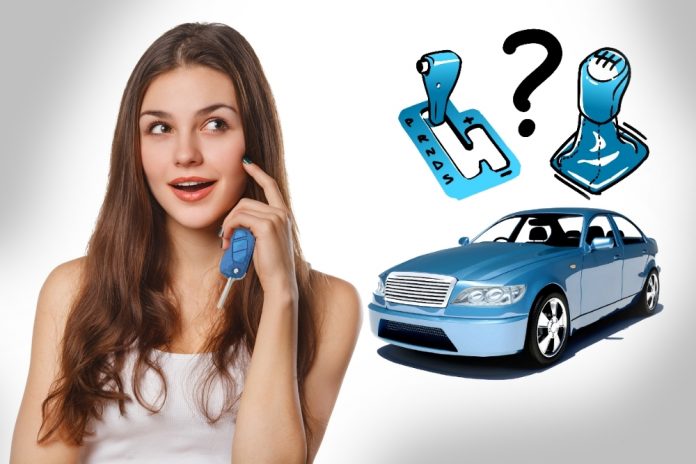When buying a new car everyone unavoidably faces the question: would I prefer manual or automatic gearbox? Evidently, both have their advantages and disadvantages. A number of prejudices and thinking errors have settled in the minds of car owners, possibly influencing the decision.
Worldwide state of affairs
In countries like Japan and the USA 90% of cars have automatic transmission, which does not suggest in any way that people in these countries are too lazy to operate clutch and gear lever.
Clearing up all prejudices
 Many drivers associate automatic transmission with a “lame” car, higher fuel consumption and provoking expensive repairs. Prejudices have been largely refuted in the last five years in favour of the contrary: exhaust regulation is increasingly becoming stricter and in future only automatic transmission will be able to meet its conditions, as switching points and engine revs are being optimised minutely.
Many drivers associate automatic transmission with a “lame” car, higher fuel consumption and provoking expensive repairs. Prejudices have been largely refuted in the last five years in favour of the contrary: exhaust regulation is increasingly becoming stricter and in future only automatic transmission will be able to meet its conditions, as switching points and engine revs are being optimised minutely.
Ten different models were put to the test in the German magazine Auto Bild, each time with automatic and manual drive. With a 6:4 difference ratio in fuel consumption and CO2 exhaust, the automatic drive turned out to be a clear winner. Automatic drive saves up to 20% fuel.
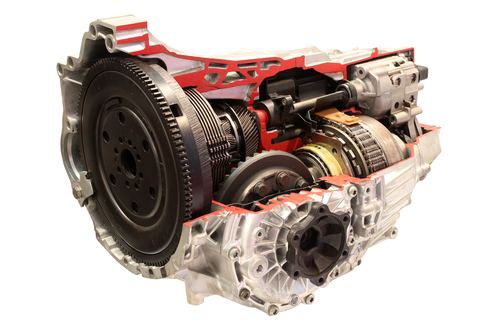 One thing remains a fact: even in the year 2017, automatic drive remains relatively expensive. There is a valid reason. A lot of time is invested in its development. Depending on model a surplus of 5% of the purchase price applies for an automatic drive. For compact cars such as Honda Jazz this is only 1000 EUR (±£900), for the slightly larger Mercedes A-class it is twice that amount.
One thing remains a fact: even in the year 2017, automatic drive remains relatively expensive. There is a valid reason. A lot of time is invested in its development. Depending on model a surplus of 5% of the purchase price applies for an automatic drive. For compact cars such as Honda Jazz this is only 1000 EUR (±£900), for the slightly larger Mercedes A-class it is twice that amount.
Different types of automatic gearbox
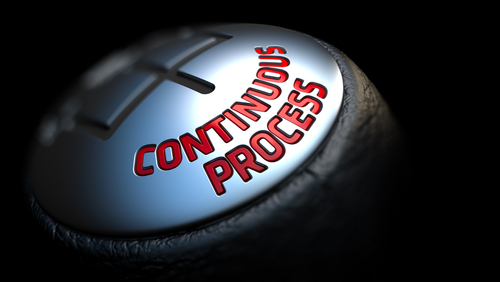 Over the last ten years, a lot has happened in automatic gear development, while the idea of “one single gear” for all cars has been abandoned. Meanwhile different types of gear for different applications (and requirements) were built, some of them more suitable for a higher torque and lower revs, whereas others are more dynamic, though less efficient.
Over the last ten years, a lot has happened in automatic gear development, while the idea of “one single gear” for all cars has been abandoned. Meanwhile different types of gear for different applications (and requirements) were built, some of them more suitable for a higher torque and lower revs, whereas others are more dynamic, though less efficient.
- In America, where engines are as large as their torque, dominates conventional automatic drive. Its main advantage is its capability for high torque, and therefore this type of gear is referred to as automatic gearbox with torque converter. It is quite comfortable, though cannot convince with regard to efficiency.
- Duel clutch transmission (DCT) uses two separate clutches for odd and even gear sets. This transmission type can handle high revs and is therefore often used in racing engines. Part of the engine performance is lost here too, though considerably less than in the conventional automatic drive. Furthermore, this disadvantage is partly compensated for by computers.
- Continuously variable transmission (CVT) is the term defining stepless transmission, enabling seamless change of gear through a continuous range of effective gear ratios, is very fuel efficient as well as rather efficient in the general sense. It has one disadvantage: the engine noises change drastically and do not follow acceleration and speed. This makes CVT unpopular despite its advantages.
Automatic gear is more susceptible to malfunction and more expensive in repair
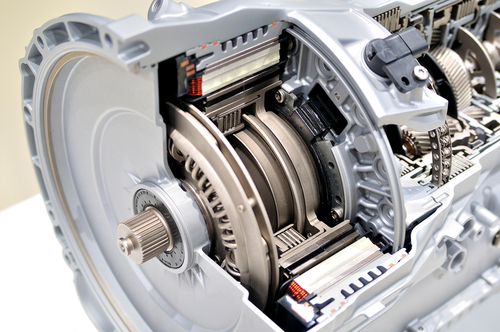 From the start, automatic gearbox was rumoured to be susceptible to malfunction and can in extreme cases cause expensive repairs. This is largely true and actually one of the main disadvantages of automatic gear. However, this only applies when the clutch is not taken into account, which belongs to the manual gear.
From the start, automatic gearbox was rumoured to be susceptible to malfunction and can in extreme cases cause expensive repairs. This is largely true and actually one of the main disadvantages of automatic gear. However, this only applies when the clutch is not taken into account, which belongs to the manual gear. The clutch is the main cause of costs for all repairs in this area. Especially if shifting gear is not done properly, keeping the foot on the clutch pedal at the traffic lights and working with the brake and clutch bite point instead, you will not enjoy your clutch for long and run the risk of having to replace it. As these defects – caused by the driver – do not occur in automatic gear, its disadvantage is relative. Furthermore it is possible to keep the automatic gear in good order through regular maintenance, as faults are timely identified and repaired.
The clutch is the main cause of costs for all repairs in this area. Especially if shifting gear is not done properly, keeping the foot on the clutch pedal at the traffic lights and working with the brake and clutch bite point instead, you will not enjoy your clutch for long and run the risk of having to replace it. As these defects – caused by the driver – do not occur in automatic gear, its disadvantage is relative. Furthermore it is possible to keep the automatic gear in good order through regular maintenance, as faults are timely identified and repaired.
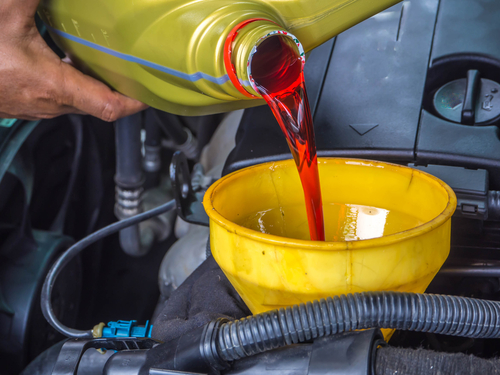 As a rule, automatic gearbox is free of oil change. This implies that the used gearbox oil remains in its housing for the entire life span of the car. A regular check of the oil level is nevertheless required, which can take place at the regular maintenance interval. This removes any real maintenance disadvantage.
As a rule, automatic gearbox is free of oil change. This implies that the used gearbox oil remains in its housing for the entire life span of the car. A regular check of the oil level is nevertheless required, which can take place at the regular maintenance interval. This removes any real maintenance disadvantage.
The future of automatic and manual gearboxes
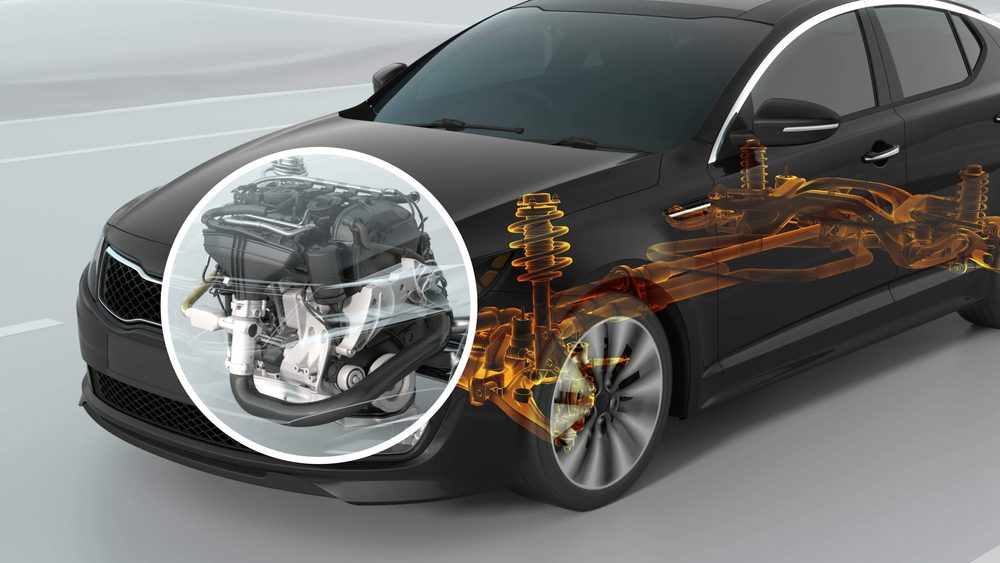 Observing trends it should be evident that manual gear will become obsolete in the next 20 years, as the required values with respect to fuel efficiency and CO2 exhaust can only be attained with optimised gearboxes.
Observing trends it should be evident that manual gear will become obsolete in the next 20 years, as the required values with respect to fuel efficiency and CO2 exhaust can only be attained with optimised gearboxes.
Already, development shows that particularly in city traffic the automatic gearbox is invincible, but also with respect to threshold values, computers have surpassed humans and in the racing sport, an increasing amount of vehicles with automatic transmission is used.
Automatic gearbox – only recommended for luxury class?
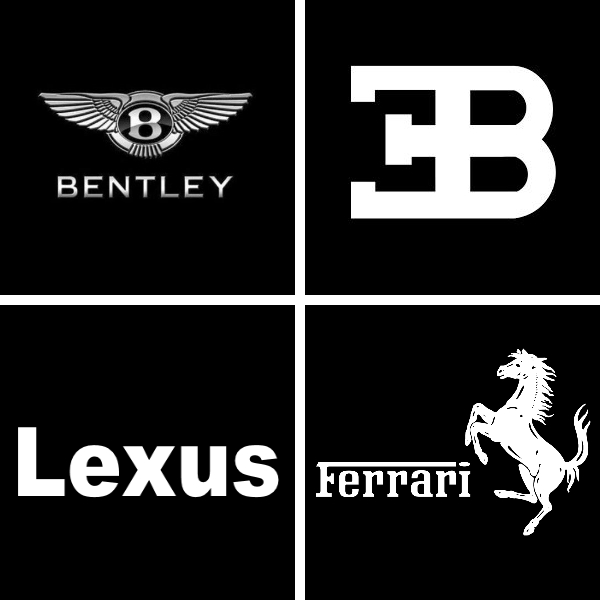 Looking at selling lists of manufacturers such as Bentley, Bugatti, Ferrari, Lexus and Lamborghini, you will conclude that none of them is sold with conventional transmission. This is due to the fact that the customer demands short shifting times. Furthermore, standard manual gear cannot handle the higher torque. You can always change gear – if you like – although particularly in premium cars automatic gearbox takes over.
Looking at selling lists of manufacturers such as Bentley, Bugatti, Ferrari, Lexus and Lamborghini, you will conclude that none of them is sold with conventional transmission. This is due to the fact that the customer demands short shifting times. Furthermore, standard manual gear cannot handle the higher torque. You can always change gear – if you like – although particularly in premium cars automatic gearbox takes over.
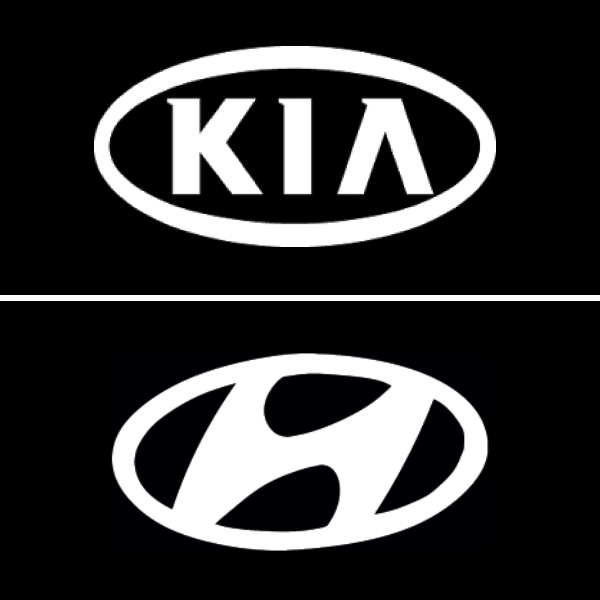 For cheap compact cars the situation is somewhat different. The installed automatic gear, being relatively cheap, is of inferior quality and cannot really convince. Total breakdown is rare, although especially SUVs such as Kia Sportage or Hyundai Tucson are equipped with torque converter, which however comfortable, makes a lame duck of the car.
For cheap compact cars the situation is somewhat different. The installed automatic gear, being relatively cheap, is of inferior quality and cannot really convince. Total breakdown is rare, although especially SUVs such as Kia Sportage or Hyundai Tucson are equipped with torque converter, which however comfortable, makes a lame duck of the car.
Manual transmission vs automatic gearbox
– Overview
Facts and data: |
|
Special types: |
|
Recommendations: |
|
Pros and cons: |
|
Automatic gearbox…. |
|
Manual transmission… |
Foto: Soloviova Liudmyla, MoonRock, risteski goce, aSuruwataRi, Tashatuvango, loraks, u3d, GracePhotos, Nikolas_jkd, Dmitry Natashin, cherezoff / shutterstock.com

